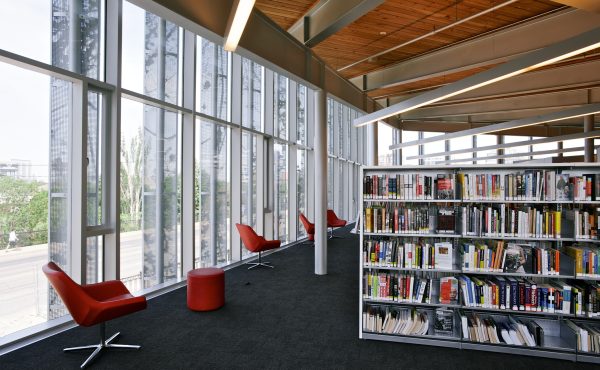Urban Planet is a daily roundup of blogs from around the world dealing specifically with urban environments. We’ll be on the lookout for websites outside the country that approach themes related to urban experiences and issues.
Given the complexity and contentiousness of subway network design, it is tempting to think that there might be a science behind network development. An article published in the Journal of the Royal Society Interface looks at hundreds of subway systems worldwide and defines some key patterns that the systems share. The paper suggests that networks can be divided into a core and branches, with the core often lying beneath the city’s center and the branches extending outwards. Branches tend to be about twice as long as the width of the core and roughly 20 percent of the stations in the core link two or more lines. (Scientific American)
Image from Fat Panda Productions
For more stories from around the planet, check out Spacing on Facebook and Twitter. Do you have an Urban Planet worthy article you’d like to share? Send the link to urbanplanet@spacing.ca





One comment
What I wrote about this from another thread:
Most rapid transit systems have been built around providing a fast yet local service, since in the early 20th century city driving was not very common. This means the stops tend to be about 1/2 mile apart, or about a 10 minute walk in between stations. In the 70s-80s the trend was to space them out to about a mile apart to make them more competitive with suburban driving and highways, though in recent years many new lines are going back to tighter stop spacing in order to increase densities and to create a pedestrian and transit friendly urban fabric. Meanwhile separate commuter and express lines are being used to move people further distances.
Also many cities tended to be organized similarly in the industrial era. Cities had their factories downtown, meaning the focus behind the lines were to get commuters to work.